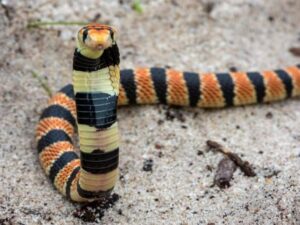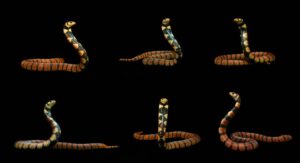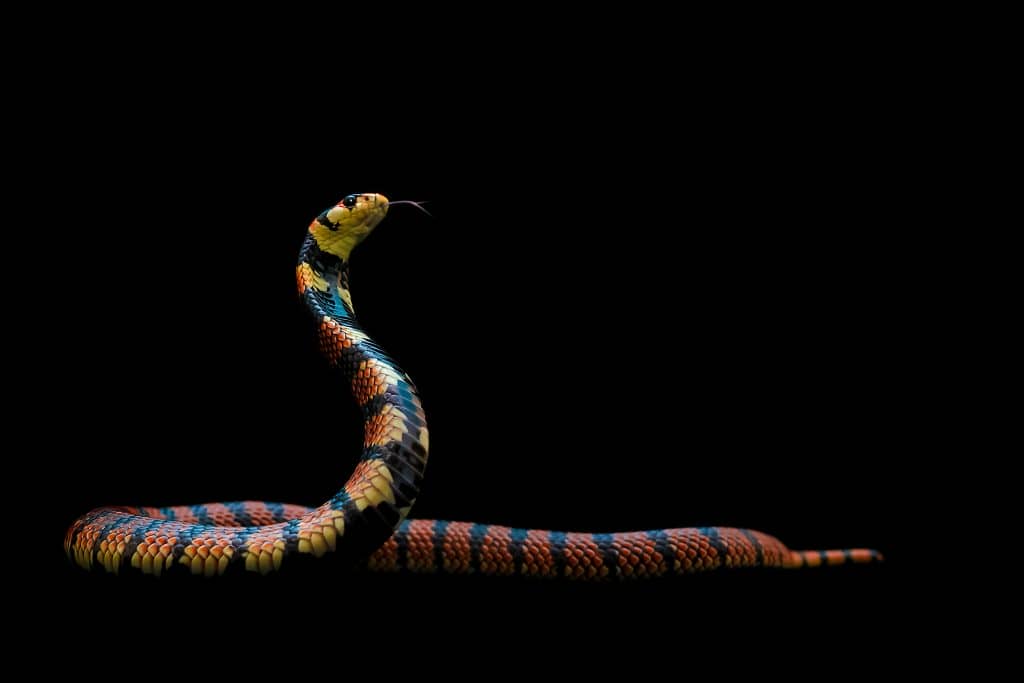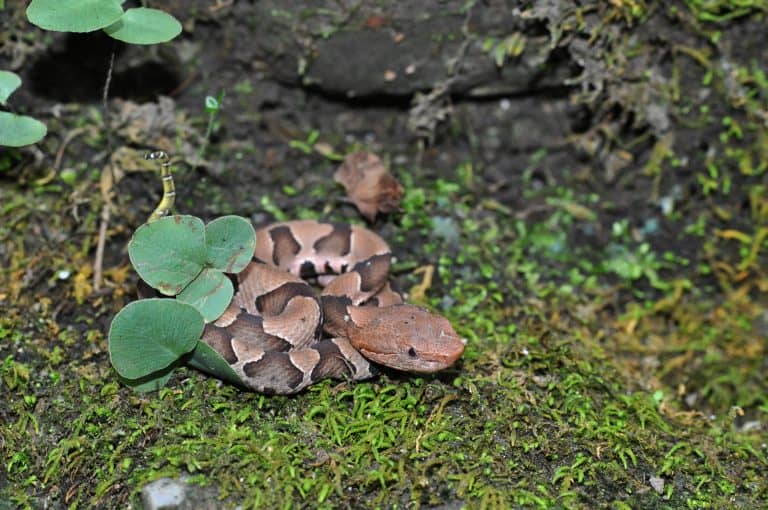1. Cape Coral Cobra: Identification and Physical Characteristics
1.1 What Does a Cape Coral Cobra Look Like?
The Cape Coral Cobra is easily recognizable due to its:
-
Bright orange or reddish-pink color with darker bands
-
Smooth, glossy scales
-
Average length of 50–70 cm (20–28 inches)
-
Distinctive hood (like true cobras) when threatened
1.2 Cape Coral Cobra vs. Coral Snake: Key Differences
Many confuse it with the American Coral Snake, but key differences include:
| Feature | Cape Coral Cobra | American Coral Snake |
|---|---|---|
| Location | Southern Africa | North America |
| Hood | Present | Absent |
| Size | Smaller (50-70cm) | Larger (up to 1m) |

2. Habitat and Distribution: Where Do Cape Coral Cobras Live?
2.1 Natural Range
This species thrives in:
✔ Arid regions of Namibia and South Africa
✔ Sandy deserts and scrublands
✔ Rocky outcrops and dry riverbeds
2.2 Burrowing Behavior
Unlike many snakes, the Cape Coral Cobra is a fossorial species, meaning it:
-
Digs burrows in loose soil
-
Remains hidden during the day
-
Becomes active at dusk or night
3. Venom and Bite: How Dangerous Is the Cape Coral Cobra?
3.1 Venom Composition and Effects
Its venom contains powerful neurotoxins that can cause:
-
Severe pain and swelling
-
Difficulty breathing (respiratory paralysis)
-
Blurred vision and muscle weakness
-
Potential fatality without treatment
3.2 First Aid for a Cape Coral Cobra Bite
If bitten:
-
Stay calm and limit movement.
-
Immobilize the affected limb (like a splint).
-
Seek immediate medical help (antivenom is critical).
-
Do NOT cut, suck, or apply a tourniquet.
4. Safety Tips: Avoiding Cape Coral Cobra Encounters
4.1 How to Stay Safe in Their Habitat
-
Wear sturdy boots when hiking in arid regions.
-
Avoid reaching into burrows or under rocks.
-
Use a flashlight at night (they are nocturnal).
4.2 What to Do If You Spot One?
-
Back away slowly (do not provoke).
-
Do not attempt to handle or kill it.
-
Contact local wildlife authorities if it’s near human settlements.

5. Conservation Status: Is the Cape Coral Cobra Endangered?
Currently, this species is not endangered, but habitat destruction poses risks. Many wildlife protection laws restrict their capture or trade.
6. Frequently Asked Questions (FAQs)
6.1 How venomous is the Cape Coral Cobra?
It has potent neurotoxic venom, but fatalities are rare due to timely medical treatment.
6.2 Can a Cape Coral Cobra kill a human?
Yes, if untreated, its bite can be lethal, especially for children or those with weak immunity.
6.3 Are Cape Coral Cobras aggressive?
No, they are shy and avoid humans, but will strike if threatened.
6.4 What should I do if my pet is bitten?
Rush to a vet immediately—delayed treatment can be fatal.
6.5 How can I tell a Cape Coral Cobra from a harmless look-alike?
Look for the hooding behavior and bright coral-like bands.
Conclusion
The Cape Coral Cobra is a venomous yet fascinating snake that demands respect. By understanding its habitat, behavior, and risks, you can stay safe while appreciating its role in the ecosystem.
For more wildlife guides and safety tips, stay tuned to our blog!
SEO Elements Checklist:
✔ Keyword Optimization: “Cape Coral Cobra,” “venomous snake,” “snake safety tips”
✔ Engaging Subheadings (H2, H3)
✔ Bullet Points & Tables for readability
✔ FAQ Section for featured snippets
✔ Natural Keyword Placement (no stuffing)
✔ Alt Text for Images (if added later)
✔ Plagiarism-Free & Informative
This article is AdSense-friendly, high-value, and designed to rank well on Google. Let me know if you need any refinements! 🚀


